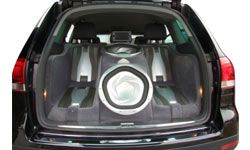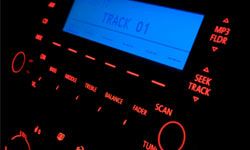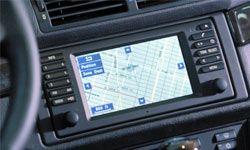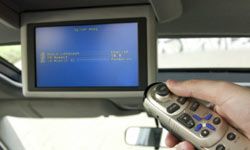In 2007, workers in the United States spent an average 46 minutes a day commuting to and from work [source: Gallup]. That's almost four hours for the typical five-day work week. Working year-round, the average commuter could spend close to 200 hours a year driving to work. If you're going to be spending that much time cooped up in a car, you may as well enjoy it. That's where car audio comes in.
Whether you love classical jazz, follow current events on NPR or fantasize about head banging along with "Bohemian Rhapsody," "Wayne's World" style, a solid car audio system can make or break the experience. No music system is complete without a subwoofer pumping out the rumbling basslines and tweeters screaming out the piercing high notes. There's a world of performance car audio out there -- but even if you don't plan on spending thousands to deck out your ride with best-in-class stereo equipment, knowing the roles of each piece of equipment can help you get the most out of your car audio setup. And car audio is hardly just about the sound itself. As automobiles become more sophisticated, we've integrated new technologies like Bluetooth and smart phones into the audio experience. Once upon a time, we could only listen to a single album on a clunky 8-track tape; now we can listen to thousands of songs from a single iPod.
Advertisement
Here are the top 10 car audio components, beginning with the element we all know best: the speakers.




